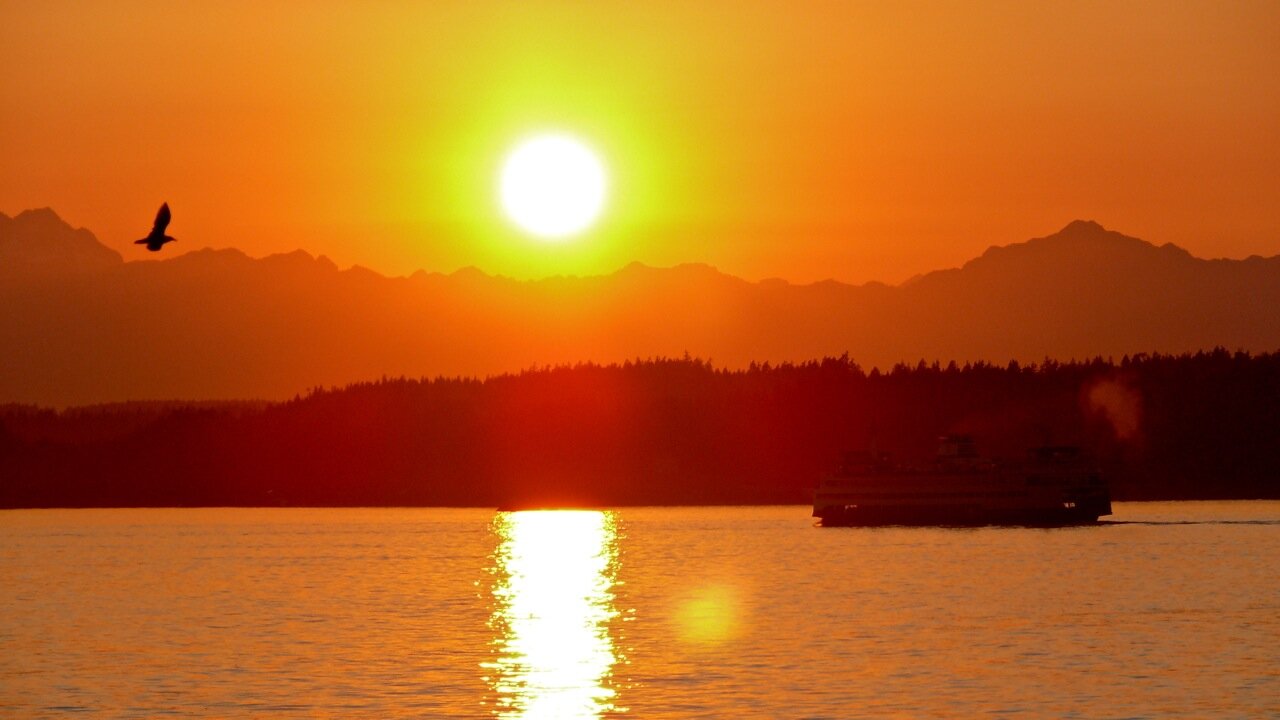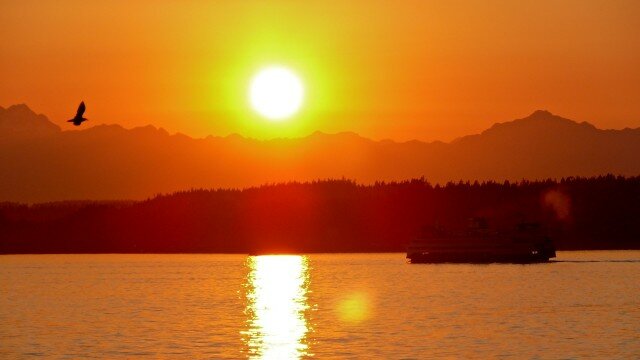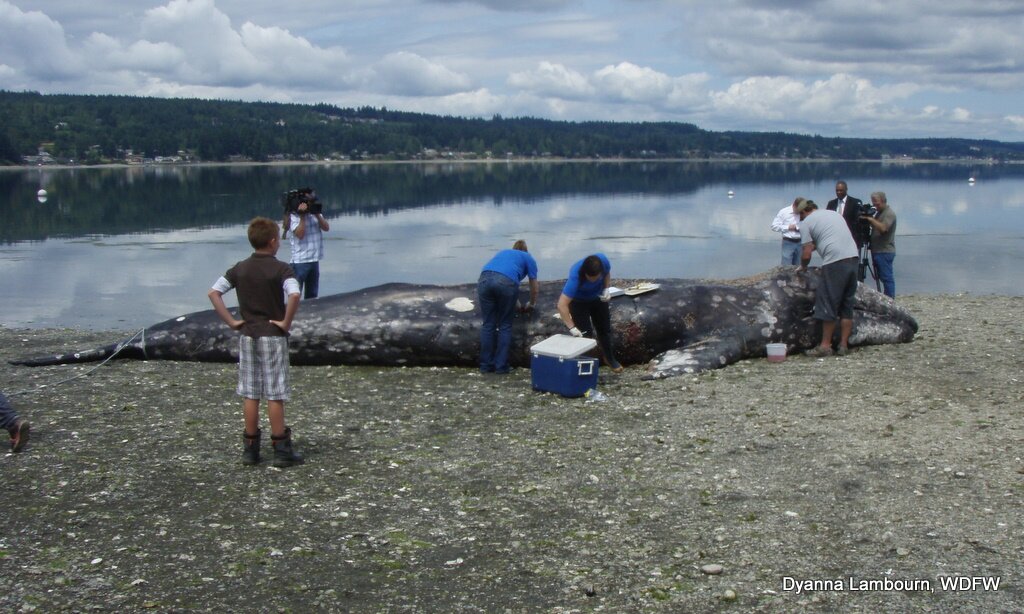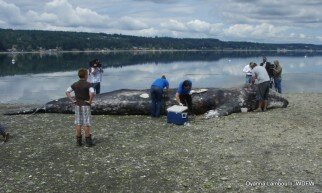If you visited Bremerton on July 23, 2011, you might have just been passing through, driving off the ferry and exiting through the tunnel. The tunnel’s goal was to make Bremerton more pedestrian friendly, and in fact, above your head, for three blocks along a closed-to-traffic Pacific Avenue, about 4,000 people were standing and socializing right there in the road.
They were attending the Washington Beer Commission‘s first summertime beer festival, the cunningly named Summer Brewfest. “I haven’t seen this many people in Bremerton in 20 years,” resident Brian Duclos told the Kitsap Sun. “I can’t imagine a scenario where we would not do this again. This is absolutely a home run for us,” said Eric Radovich, WBC executive director.
I was there to meet Bremerton Mayor Patty Lent, after lunch at the Anthony’s at Harborside. A former Kitsap County Commissioner, Lent began her four-year term in January of 2010, the 32nd mayor (and second female mayor–Seattle has yet to follow up on Bertha Landes).
Lent was downtown for the Brewfest, then off to the 2011 U.S. Junior Amateur golf tournament at the Gold Mountain Golf Club. In between, coordinating meeting up with her husband Doug by cell phone, she gave me a primer on Bremerton’s revival.
Since the city’s founding in 1891, its fate has been entwined with that of the Puget Sound Naval Shipyard, mirroring Seattle’s relationship with Boeing in ways. Bremerton’s total population was only 37,700 in 2010, almost exactly half what it was during World War II.
Today, a little over 10,000 servicemen and women live and work in the Bremerton area, almost 13,000 civilians work at various military installations, the vast majority at the shipyard. The yard looks busy through 2016, said Lent; the Nimitz will leave this December, its space taken almost immediately by the USS Ronald Reagan in January 2012.
That’s largely the work of Norm Dicks, the powerful congressman who is Chairman of the Appropriations Subcommittee on Defense. Mayor Lent’s office is located in the new Norm Dicks Government Center.
Yet a city does not feed on appropriations alone, and so Lent was, when I met her just after noon, was enthused about the 1,200 tickets pre-sold for the Brewfest, and interested in showing me around Bremerton’s arts district, featuring outdoor art installations funded by a one percent for the arts program. I spotted a single homeless person, and asked how Bremerton was doing on that score–Lent had a ready answer for that.
2014 can’t come soon enough for Bremertonians who do own homes, but even so, the Harborside condominium development, which had stalled out after opening in the teeth of the recession, is 75 percent sold. That’s before the much-anticipated return of a Seattle-Bremerton foot ferry, this time featuring a hydrofoil.
An earlier incarnation in the late ’90s was tremendously popular, and Bremerton finally seemed ready to take advantage of its waterfront bedroom-community status, like Larkspur to San Francisco. It lies just 11 miles from Seattle, and a fast ferry can make the distance in just 30 minutes–burdened by lawsuits, however, it goes slower. After Rich Passage homeowners complained about erosion from the ferry’s wake, it was slowed to around 40 minutes, then finally halted in 2003.
Still, Bremerton has plenty of locals to cater to: A 9-plex movie theater is planned to go in atop a 250-car parking garage on Burwell Street. (Sadly, depending on how you look at it, the handsome Roxy Theater, designed by Bjarne Moe, is now used mainly for church services.)
This particular weekend in July, all 250 rooms in Bremerton’s Fairfield Inn and Suites by Marriott and the Hampton Inn and Suites were full because of sports events. Kids played in the five downtown parks. Diners filled the patio of the Bremerton Bar & Grill (“40 new jobs,” noted Lent). The Toro Lounge, a tapas/gastropub, was just opening. (UPDATE: The Kitsap Wine Fest on Saturday, August 20, at the Harborside Fountain Park, drew 700 people.)
But Bremerton’s downtown is not all about the new–it’s home to the Kitsap Historical Society and Museum, and shoe people will want to visit the “Made for Walkin'” exhibit before it closes this December. You can also take a stroll down a recreation of an historic Bremerton Main Street, and you have a few more chances to eat your way through Kitsap history.
You can also pop into the Aurora Valentinetti Puppet Museum; Stanley Hess, the curator, is happy to take your questions about the puppets, which hail from all over the world. Not far is the Amy Burnett Gallery and “world famous Kitsap Peninsula Pyrex Museum.” This last is a real thing which must be seen to be believed. (There’s a “That Hat” party there this September 15, from 5:30 to 9 p.m., including a wine and jazz reception.)
Back at the Brewfest, I was sampling from among the 23 microbrews there (Chuckanut’s Alt German Ale, Port Townsend Brewing’s Hop Diggidy IPA, Iron Horse’s Irish Death, Valholl Brewing’s Poulsbo Abbey Wit–the line for Slippery Pig Brewing never shortened enough for me to try it) when I ran into Bremerton City Councilman Roy Runyon, who was delightedly surveying the Brewfest crowds.
While Runyon clearly still smarted from losing the foot ferry service years ago, he had hopes that the new ferry will be running in 2012. A 30-minute ride has come to seem talismanic to Bremertonians, hundreds of whom were on the jumbo ferry with me on the way back to Seattle, on their way to a Mariners game. By their reckoning, Safeco Field is just a few minutes walk from downtown Bremerton.



